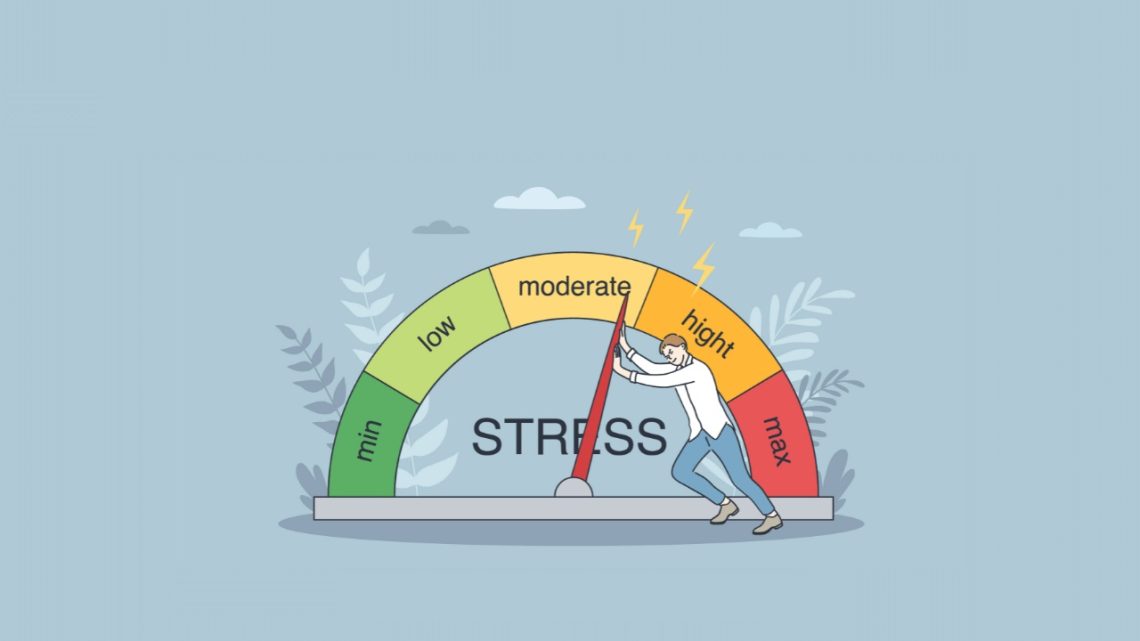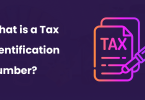Financial Resilience and Stress Testing
In the ever-evolving landscape of finance, stress testing has emerged as a crucial technique for assessing the resilience of institutions and investment portfolios against potential future financial scenarios. This computer simulation method not only aids in gauging investment risk but also evaluates the adequacy of assets, helping organizations refine internal processes and controls. This article delves into the intricacies of stress testing, its various applications, regulatory implications, types, methodologies, and the advantages and disadvantages associated with this critical financial practice.

Understanding Stress Testing: A Risk Mitigation Strategy
Stress testing serves as a proactive risk management tool, employed by companies managing assets and investments to evaluate portfolio risk. The primary objective is to identify vulnerabilities and implement hedging strategies to mitigate potential losses in the face of adverse market conditions. Portfolio managers often utilize proprietary stress-testing programs to simulate how well their managed assets could withstand specific market occurrences and external events.
Beyond the realm of investment portfolios, stress testing extends to asset and liability matching scenarios, ensuring the efficacy of internal controls and procedures within organizations. Sectors such as retirement and insurance frequently subject their portfolios to stress tests to align cash flow, payout levels, and other metrics with optimal standards.
Regulatory Stress Testing: A Post-2008 Imperative
The aftermath of the 2008 financial crisis led to a paradigm shift in regulatory reporting, particularly for banks. The Dodd-Frank Act of 2010 significantly expanded regulatory requirements, placing a heightened focus on stress testing and capital adequacy. Since 2011, financial institutions in the United States have been mandated to submit Comprehensive Capital Analysis and Review (CCAR) documentation, disclosing their internal procedures for capital management and conducting various stress-test scenarios.
Moreover, banks categorized as “too big to fail” by the Financial Stability Board, typically those with assets exceeding $50 billion, are obliged to provide stress-test reporting, specifically outlining plans for a bankruptcy scenario. Globally, BASEL III imposes similar obligations on international banks, necessitating documentation of capital levels and the administration of stress tests for diverse crisis scenarios.
Types of Stress Testing: Unveiling Hidden Vulnerabilities
Stress testing involves running simulations to uncover latent vulnerabilities, with several approaches gaining prominence. Historical scenarios, hypothetical stress tests, and stylized scenarios are among the most utilized methods.
1. Historical Stress Testing:
This approach involves simulating crises based on past events, such as the stock market crash of 1987 or the Asian crisis of 1997. By subjecting businesses or portfolios to historical scenarios, organizations gain insights into potential pitfalls and devise strategies to navigate similar challenges.
2. Hypothetical Stress Testing:
Hypothetical stress tests focus on specific crises tailored to a particular company. For instance, an oil company might stress-test against the outbreak of war in the Middle East, providing a more targeted evaluation of potential risks.
3. Stylized Scenarios:
Stylized scenarios adjust one or a few test variables at a time, often adopting a scientific approach. An example could involve a stress test where the Dow Jones index loses 10% of its value in a week.
4. Simulated Stress Testing:
One of the widely recognized methodologies for stress tests is Monte Carlo simulation. This involves modeling probabilities of various outcomes based on specific variables, including economic factors. Companies often leverage professional risk management and software providers like Moody’s Analytics for comprehensive stress testing programs.
Advantages and Disadvantages of Stress Testing: Balancing Risk and Reward
Pros:
Risk Mitigation: Stress tests offer a forward-looking approach to identifying vulnerabilities, enabling financial institutions to take preemptive measures and form action plans to prevent failures.
Financial Planning: By assessing strengths and weaknesses, stress tests empower organizations to devise effective financial plans, enhancing their ability to weather economic storms.
Strengths and Weaknesses Evaluation: Stress tests provide a holistic view, allowing organizations to identify areas of strength and weakness in their financial structures.
Cons:
Potential Consequences: Unfavorable stress test results may lead to consequences such as restrictions on dividends and penalties, impacting the financial standing of institutions.
Complexity and Cost: Designing and implementing stress tests is a complex and costly endeavor, often associated with the risk of misrepresenting potential risks or planning for events unlikely to occur.
Inadequate Planning: Inaccurate scenarios or insufficient data may result in inadequate planning, leading to the oversight of actual risks.
Example of Stress Testing: Regulatory Requirements
Banks and financial institutions frequently undergo stress testing as mandated by regulatory bodies. The Federal Reserve’s Dodd-Frank Act Stress Test (DFAST) and Comprehensive Capital Analysis and Review (CCAR) stress test are prominent examples.
Federal Reserve’s CCAR Stress Test:
Administered annually for banks with at least $100 billion in assets, the CCAR stress test assesses a bank’s capital adequacy during economic downturns. The test scrutinizes a bank’s capital, its plans for capital usage (e.g., dividends), and its assessment of capital needs.
Dodd-Frank Act Stress Test (DFAST):
Banks with at least $250 billion in assets are required to perform DFAST, often in conjunction with CCAR. This test evaluates a bank’s ability to operate during economic turmoil, considering capital reserves and risk mitigation plans.
Strengthening Financial Fortitude
stress testing stands as an invaluable tool for navigating the complexities of the financial landscape. Whether driven by regulatory mandates or a proactive risk management strategy, stress testing empowers organizations to fortify their financial fortitude. By unraveling hidden vulnerabilities, assessing strengths and weaknesses, and formulating effective action plans, institutions can stride confidently into an uncertain future. As technology continues to advance, stress testing will likely evolve further, providing even more sophisticated insights to safeguard financial stability. Embracing the rigorous practice of stress testing is not just a regulatory requirement but a strategic imperative in today’s dynamic financial environment.






